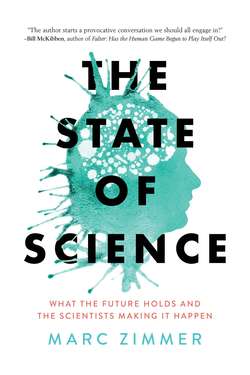Читать книгу The State of Science - Marc Zimmer - Страница 15
На сайте Литреса книга снята с продажи.
Immigrants to the United States
ОглавлениеThirty seven of the eighty-nine U.S. citizens awarded a Nobel Prize since 2000 were foreign born. Most notably, all six American winners of the 2016 Nobel Prize in economics and STEM fields were immigrants to the United States.
American universities consistently perform extremely well in all global rankings of academic institutions. Foreign graduate students flock to the United States. In 2015, more than half the computer science, engineering, mathematics, and statistics graduate students were international students. Most of these students return to the countries of their birth upon completing their graduate studies, but a significant number of the very best stay in the United States and become naturalized citizens. In a disturbing trend, the NSF reports that the number of international graduate students coming to the United States dropped by 22,000 (5.5 percent) in 2017.[18] Inside Higher Education reports that the high cost of US higher education, visa denials and delays, the political and social environment in the United States, and increasing competition from other countries are responsible for this decrease.[19] Had the proposed tax on graduate fellowships passed Congress (it barely failed in 2017), the decrease would surely have been greater than just 5.5 percent. In 2018, the number of international students dropped again, especially in universities in the central parts of the United States and at lesser ranked universities. The numbers of students coming from Canada and Mexico also declined.[20]
What will this drop in international STEM graduate students, often the best from their countries, mean to science research? This change in demographics does not bode well for science in the United States. We need to be careful we don’t lose touch with this very important talent pool. Not only do immigrants contribute to an inordinately high number of Nobel awards, but they also bring new ways of thinking to their research labs. They come from other cultures and have learned their science in different educational systems, which place different emphases on rote learning, historic understanding, and interdisciplinary research. They often bring an alternative and important perspective that a homogeneous scientific community cannot match.
